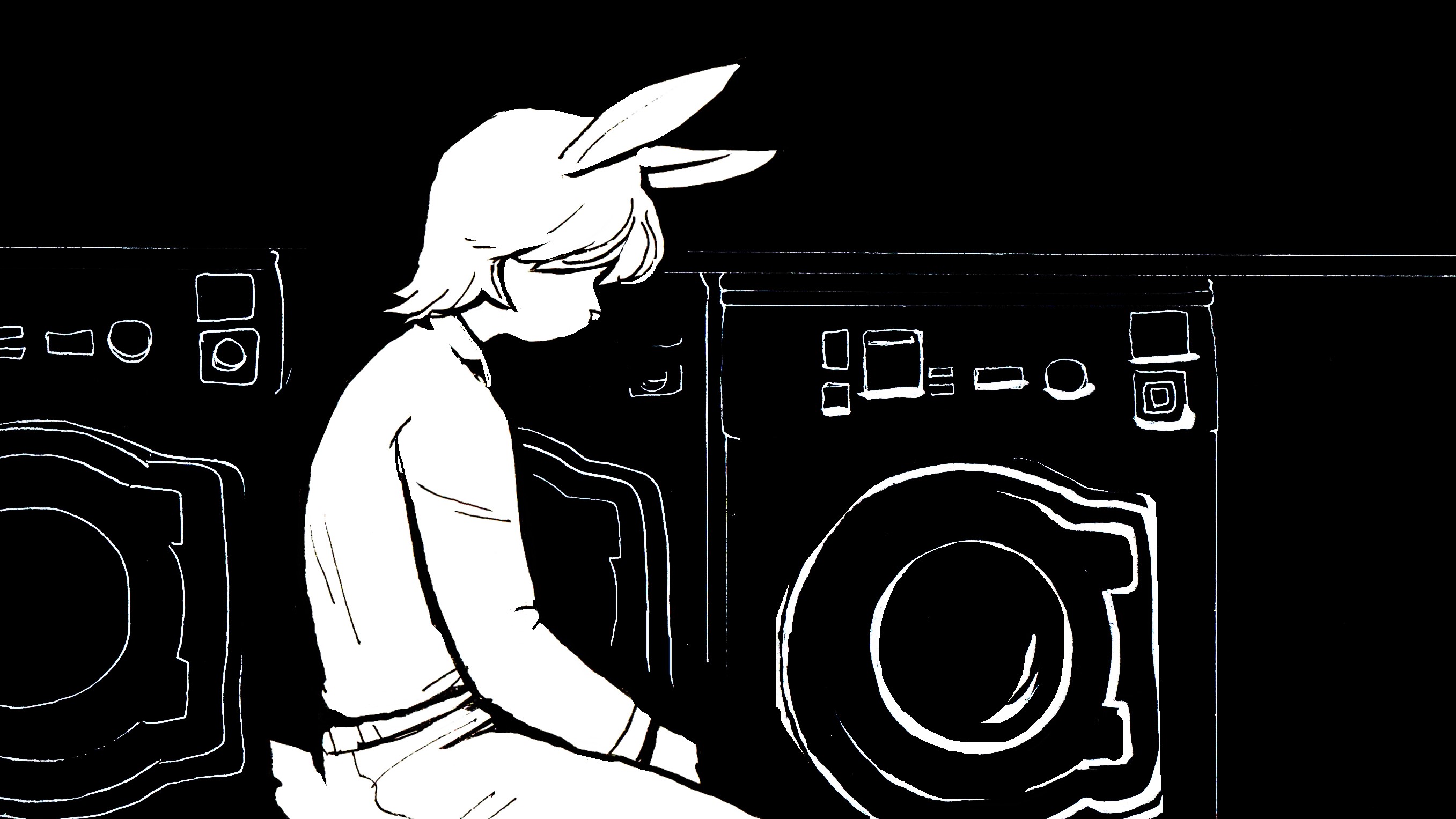At the beginning of this ReFrame cycle, I stipulated one thing to my editors:
“No trans movies.”
I’m not a transphobe, far from it. Besides the obvious expedient of being a trans woman myself, I am a rather experienced practitioner of what is alternatively known as “platonic girl’s night antics,” “t4t” and other such euphemisms for “sucking and fucking fellow trannies”.
However, no matter my love for playing with Dolls, it must needs be remarked that talking incessantly about my transness, especially in a way suitable for the cissexual gaze, becomes—how do you say—goddamn fucking exhausting. For years transsexuality and trans issues have been my beat, and in spite of the “write what you know” adage, I’ve long found my interests to lie outside of only introspection. Writing about transness is neither pleasant nor cathartic when both the audience you’re writing for and the people producing the content you’re writing about are themselves, cisgender.
In this regard, Framing Agnes (2022) proves (to invoke a turn of phrase from former Arthur editor Nick Taylor) “an antidote to nihilism”.
In spite of my aforementioned stipulation, Amy Siegel, Creative Director at ReFrame (and my course instructor for a Documentary Filmmaking Workshop in Fall 2022) dutifully sent me Framing Agnes (2022) with the addendum that “I want to hear your take one day… sorry not sorry.” Amy—thank you for having the balls to send me this film. You sure know how to pick ‘em.
The trans community tends to canonize certain “folk heroes,” for lack of a better term. Jackie Shane, celebrated soul singer. Elizabeth Eden, inspiration for Dog Day Afternoon. Holly Woodlawn, Candy Darling—muses of Andy Warhol and The Velvet Underground. Paris Dupree, Pepper LaBeija, Angie Xtravaganza, and any number of the mothers of the 80s ballroom movement. In this tradition, Framing Agnes proposes another entrant in this lineage—not just in the form of its eponymous heroine, but equally in the form of the many similar trans elders reanimated by contemporary trans figures and thespians.
“Agnes” (Zackary Drucker) is the titular pseudonym of a woman who—in the 1950s no less—tricked UCLA doctors into granting her gender-affirming surgery. Later, UCLA researcher Harold Garfinkel would interview her and other trans and gender non-conforming people for his gender health research. For this reason, she became quite understandably a bit of a legend. With the rest of Garfinkel’s files recovered, and transcripts of his interviews along with them, we are now afforded more insight than ever into the life of Agnes and other pioneers of contemporary transness. These files, retrieved for the first time in decades, form the principal fabric of Framing Agnes’ tapestry.
Through the eyes of transgender writers, actors, and filmmakers, Framing Agnes reclaims the dignity of trans people whose stories were previously locked in the archives of cissexual medicine. The frame—as a device for both narrative and filmmaking—foregrounds the presentation of this film. Both director Chase Joynt’s creative vision for destabilizing the talk-show format, and historian Jules Gill-Peterson’s heartfelt archival account compound to create a compelling scry glass through which to scrutinize a forgotten past.
Angelica Ross’ performance reprising the role of Georgia—a black trans woman living in a segregated America—is an undeniable highlight of the film, and Ross shines through in both the fictitious talk show framing device and in the cutaway interview segments. As a whole, the cast embodies a quiet resolve and composure which embellishes the autobiographical accounts—literally giving voice to those once figuratively robbed of it. Be it Zackary Drucker’s poise, Max Wolf Valerio’s steadfast tenure, Silas Howard’s charm, Jen Richards’ wit or Stephen Ira’s earnestness, each embodies and animates their character in wonderfully fulsome fashion.
In a post-Dallas Buyers Club, post-Danish Girl, even post-Tangerine world, Framing Agnes marks a step toward the reclamation of trans narratives by those to whom they belong. The film eschews the conventional framing conscientious of a cisgender audience. Instead, this film by trans people and starring trans people, manages to produce something that those same trans people might actually want to watch.
The 2023 ReFrame Festival runs from January 26th-February 3rd. A list of films, tickets to events and screenings, and more information can be found on the Festival Website.


.png)


.jpg)


.jpeg)



.jpg)


.jpg)





.jpg)



.png)